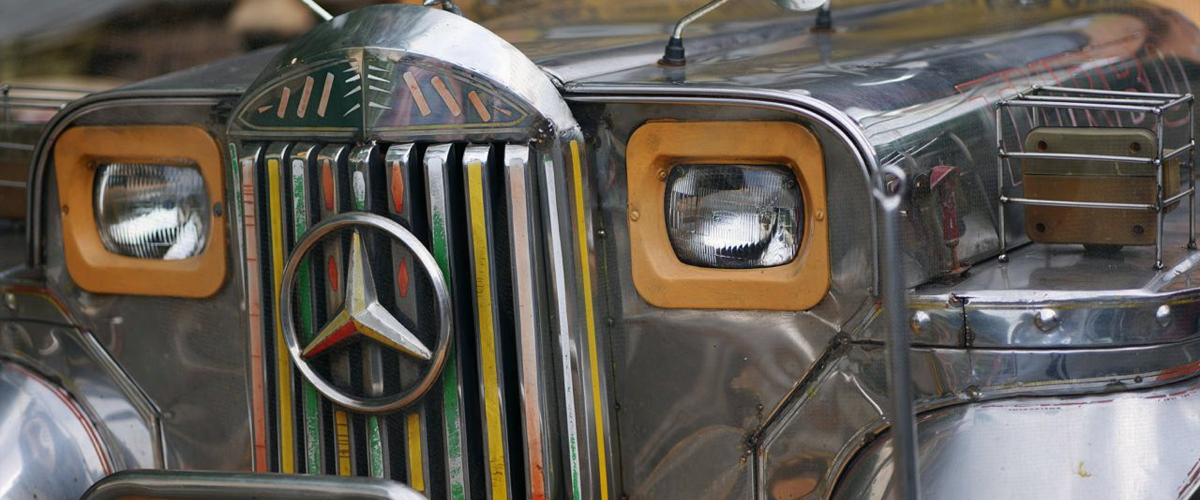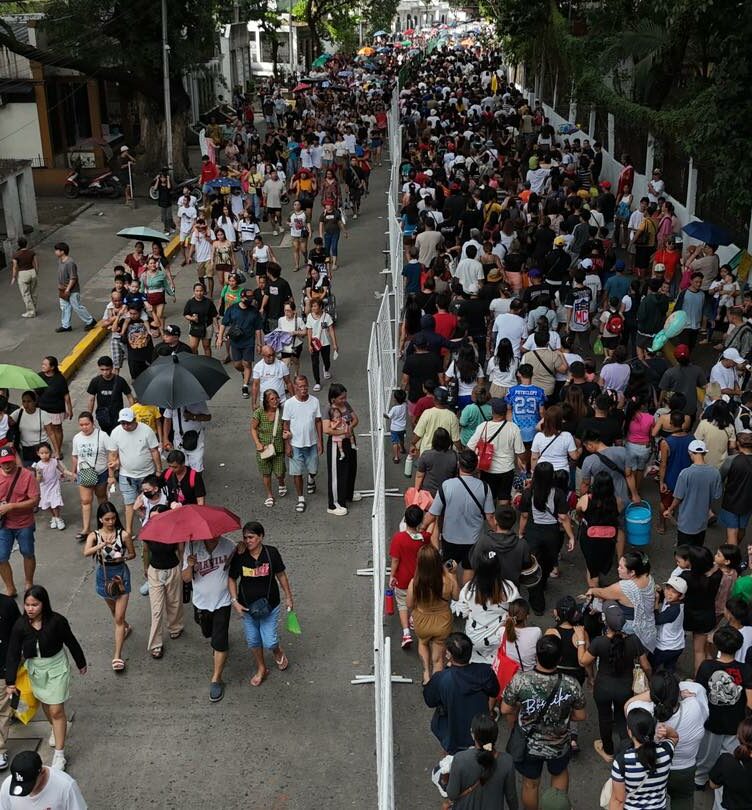JEEPNEYS are widely known as a cultural symbol in the Philippines.
Hailed as the “King of the Road,” they are the common mode of transportation; be it on an uphill or wide road, they will definitely take you to your destination. But beyond the vibrant facade of these vehicles, it is essential to recognize that jeepneys embody Filipino identity and stories.
Jeepney Icons, a Testament of Filipino Art
Jeepney is unique to the Philippines because it was transformed from the aftermath of World War II, when Americans left remnants of their equipment. Originally, it was derived from Willy’s Jeep, a military vehicle used to carry troops and supplies. Through Filipinos’ resourcefulness, they repurposed and customized the vehicles to adapt to the country’s post-war needs.
As time passed by, streets were flocked with modified jeepneys adorned with local aesthetics and decorated with vivid designs. The motifs you can find in Jeepney art decorations are diverse. Common themes are religion, family, and contemporary folklore. Some jeepneys have embroidered prayers and texts like, “God Bless Our Trip,” “God knows HUDAS not pay,” “Hila mo, hinto ko,” or “Barya lang po sa umaga.” They communicate complex cultural messages while on the move.
On the other hand, some jeepneys have a hand-painted Holy Family design, while having a Ferrari logo on the side. Others have art incorporating portraits of their families or their names. Seeing these symbols every day can serve as their motivation to work hard. These designs give a sense of empathy and connection, promoting a sense of community and shared experience.
While jeepneys traverse the bustling roads, they become a moving piece of cultural artifact with dynamic symbols and narratives. These symbols are not confined to a single audience. They are in motion, engaging and influencing the public sphere on what it means to be ‘Filipino.’ The fusion of traditional and contemporary influences is visible. Thus, jeepneys became a mobile canvas for Filipino folk arts, inscription, and culture that reflects the country’s creative spirit.
Taking a Detour on Jeepney Signs
In order to find the right direction in the Philippines’ labyrinth, the small neon-signboard on jeepneys will lead the way. These signs embodied a design language that’s exceptionally Filipino. It elevated the jeepney signage into a style that you can promptly call a Filipino symbol.
In 2019, the Department of Tourism (DOT) launched a typeface called “Barabara” inspired by the hand-painted signage from jeepneys and signs found in the Philippines. This gesture pays homage to the unsung craftsmen who dedicate their passion and talent, which are useful to many Filipino commuters.
Jeepney signages are often made from Sintra boards and coated in vibrant colors of yellow and red reflectorized paint. Then, black paint is used to shade the space, so the bright letters will appear on the space. It’s made with a steady hand movement and a precise layout of the signboard. As these colorful signs grace the roads, they remind us of the craftsmanship and artistry of jeepney signboard makers, making every journey bring a sense of clarity and direction.
In the Modern Times
However, in an era where there is jeepney modernization and environmental efforts, the glory of the jeepney and its art continue to decline. How can they preserve the tradition and its cultural significance in the Philippines?
The advocacy for sustainability changed the momentum of mobility in recent years. The transportation sector of the Philippines has no exemptions, as the Department of Transportation (DOTr) created the Public Utility Vehicle Modernization Program (PUVMP) in 2017. The program aims to replace old and deteriorating jeepneys with more environmentally friendly vehicles. Since its launch, it has sparked various discussions in society. While it promises an efficient transport system, this program threatens the potential loss of the cultural significance of jeepneys. It raises questions about the possible implications of this phase-out, which will affect the livelihoods of the drivers and jeepney hand painters.
The symbols and designs of jeepneys act as social markers for building cultural expression. More than a vehicle, it tells the diverse narratives of Filipinos. Modernization programs are a result of innovation and progress, but at the expense of losing the colorful expression that traditional jeepneys carry. Progress must not neglect cultural identity and heritage. Balancing modernization and cultural preservation is important. It means finding ways to incorporate the traditional jeepney’s symbolic value into a new and eco-friendly design.
Moving Wheels of Culture
Intentional or unintentional, jeepneys carry the constructs of life. It manifests through its decorations the sentiments and faces of Filipino drivers, commuters, and individuals. Jeepneys embody the culture and artistry of the Philippines. As modernization programs reshape the transportation landscape, it is vital to ensure the heritage and stories represented in jeepneys are not diminished. Valuing the cultural significance while pushing for sustainability can create a future that honors the past while moving forward. Never forget to celebrate the remarkable artistry and cultural soul found in the intricate symbols of our beloved jeepneys.
With reports From Eunice De La Cruz
How useful was this post?
Click on a star to rate it!
Average rating 0 / 5. Vote count: 0
No votes so far! Be the first to rate this post.
We are sorry that this post was not useful for you!
Let us improve this post!
Tell us how we can improve this post?






